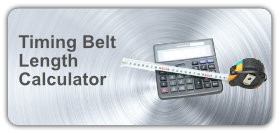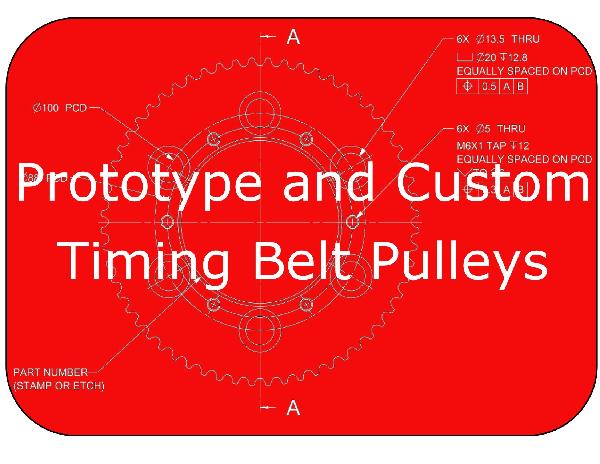Timing Belt Tension Loss (Ratcheting)

Proper tensioning cannot be stressed enough: too loose of tensioning will cause the timing belt to ratchet (tooth jumping), while too tight of tensioning will possibly cause damage to the bearings, shafts and other drive components besides dramatically reducing timing belt life. The correct timing belt tension is the lowest tension at which timing belts will transmit the required mechanical power and not ratchet teeth when the drive is under a full load.
Probable Cause:
- Weak support structure or mounts
Corrective Action:
- Redesign drive
- Reinforce structure
Probable Cause:
- Center to center distance fluctuates
Corrective Action:
- Redesign drive
Probable Cause:
- Excessive timing belt pulley wear
Corrective Action:
- Replace timing belt pulley
- Change timing belt pulley material
Probable Cause:
- Fixed (non-adjustable) centers
Corrective Action:
- Use inside idler
Probable Cause:
- Excessive debris
Corrective Action:
- Eliminate or control condition
- Clean and protect drive
Probable Cause:
- Excessive load
Corrective Action:
- Check horsepower rating
- Redesign drive
Probable Cause:
- Sub-minimal timing belt pulley diameter
Corrective Action:
- Use correct timing belt pulley diameter
Probable Cause:
- Excessive low or high temperature (-30°F to 185°F)
Corrective Action:
- Eliminate or control condition
- Clean and protect drive
- Reduce ambient drive temperature to 185°F maximum
Probable Cause:
- Exposure to oil, solvents, harsh chemicals
Corrective Action:
- Eliminate or control condition
- Clean and protect drive
Probable Cause:
- Timing belt, timing belt pulley or shafts running to hot
Corrective Action:
- Check for conductive heat transfer from prime mover
Probable Cause:
- Unusual timing belt degradation
Corrective Action:
- Reduce ambient drive temperature to 185°F maximum







